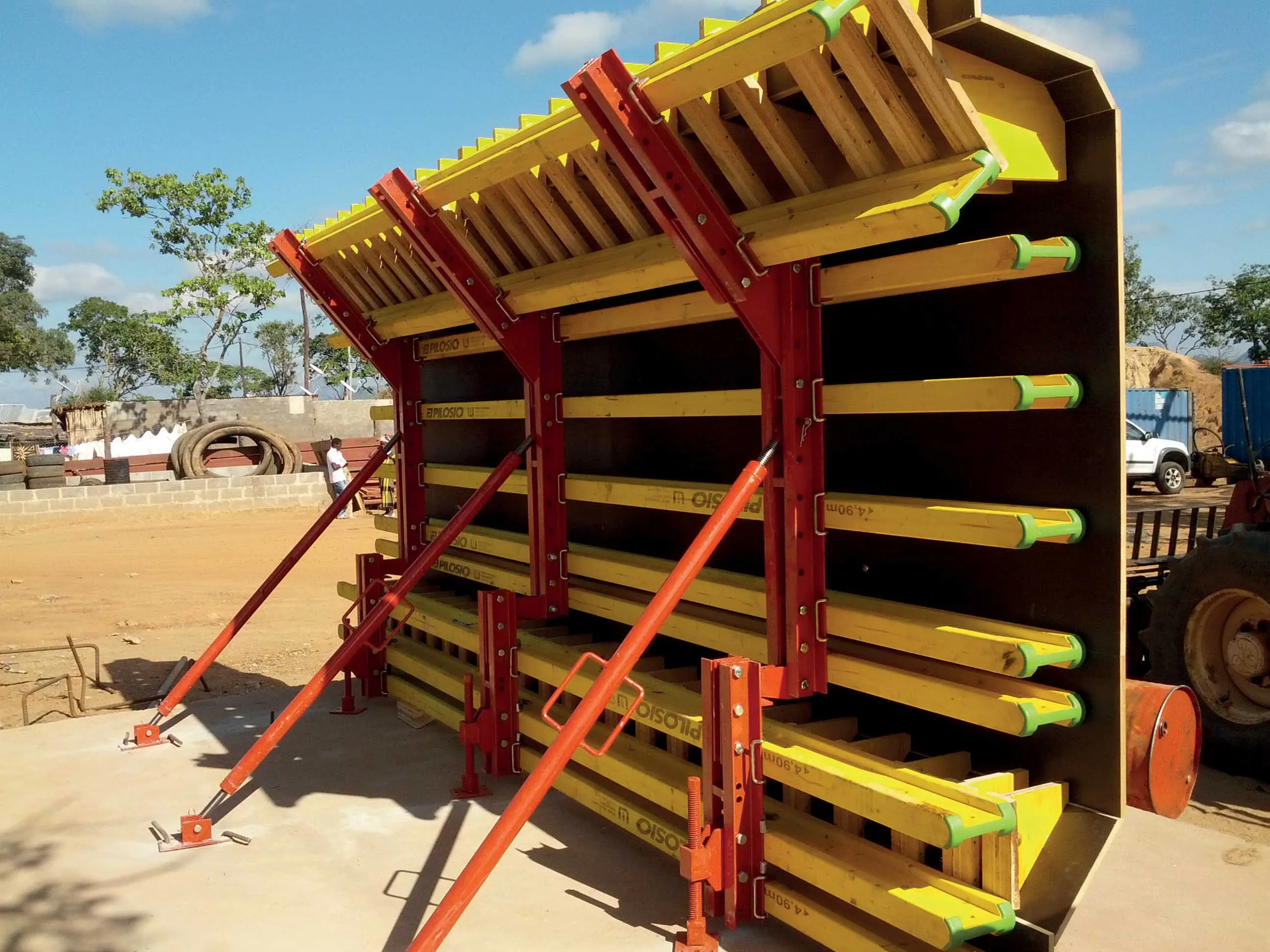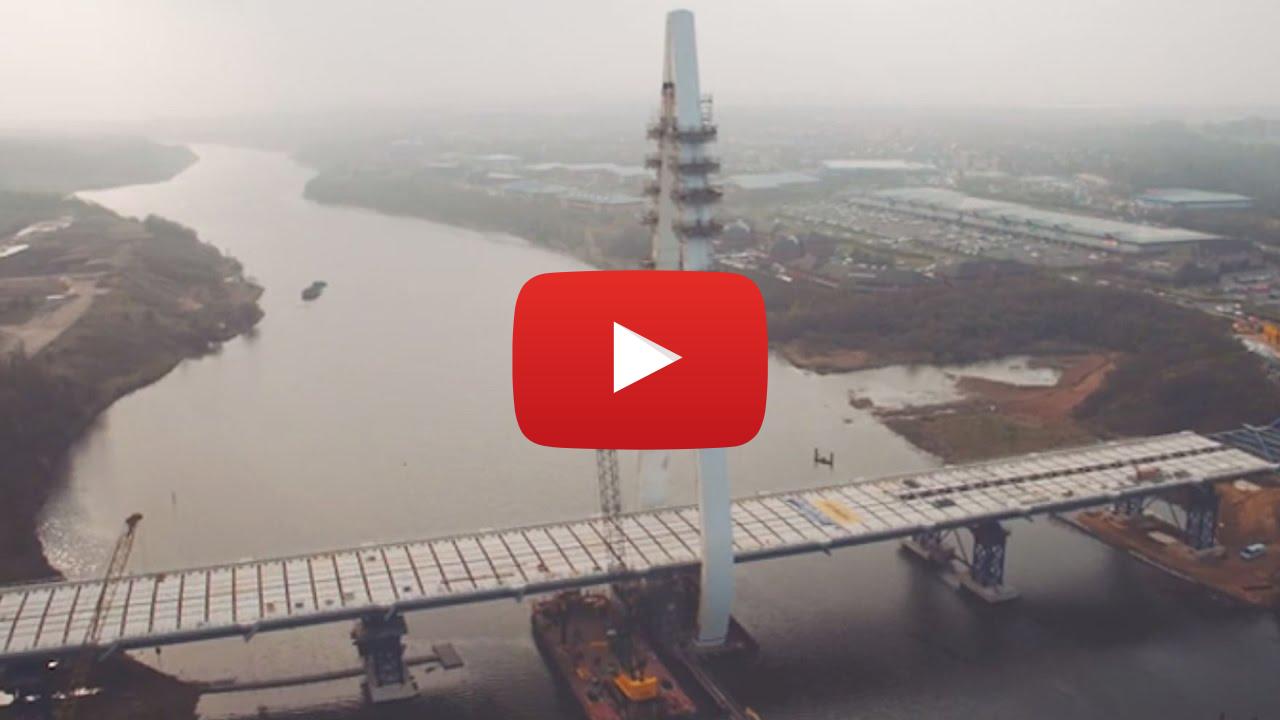
Arcadis has been appointed to support the design work for the I-10 Calcasieu Bridge Improvements Project in the US state of Louisiana.
The replacement of the 70-year-old Calcasieu River Bridge will revive a vital connection between the Louisiana cities of Lake Charles and Westlake. With a project cost valued at US$2.3 billion, the Calcasieu Design Partners will upgrade a crucial 9km stretch of I-10, delivering enhancements to improve safety, connectivity and sustainability.
The 2km-long Calcasieu River Bridge, opened in 1952, is an arched cantilever, rivet-connected Warren through truss for the main span located on Interstate 10 between Lake Charles and Westlake. “The Calcasieu River Bridge has served the region for 70 years, but as it nears the end of its lifespan, the need for intelligent, modern and sustainable solutions is more critical than ever,” said Alan Brookes, chief executive of Arcadis.
Arcadis is working as part of a joint venture with Janssen and Spaans Engineering, Modjeski and Masters as well as Huval and Associates – collectively known as the Calcasieu Design Partner. The team will support Louisiana Bridge Builders, a construction joint venture between Arcadis’ key client Acciona and Sacyr Construction.
The project is overseen by the concessionaire, Calcasieu Bridge Partners (Acciona, Sacyr and Plenary), in collaboration with the Louisiana Department of Transportation and Development, also a key client of Arcadis.
Over eight years, Arcadis’ will update existing interchanges and roadways. Pulling on expertise from across North America, the Netherlands and the company’s Global Excellence Centers in India, Romania and the Philippines, Arcadis will deliver a range of specialised intelligent mobility, engineering and design services.
These include traffic engineering, including the development of a transportation management plan and the design of permanent signage, signals and pavement markings. There will be structural design work for sign support structures, roadway and drainage as well as bridge design for the I-10/I-210 flyover ramp and hydraulic modeling for the main span bridge.








